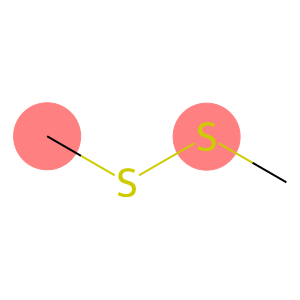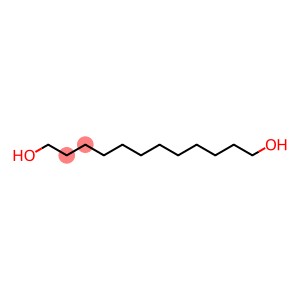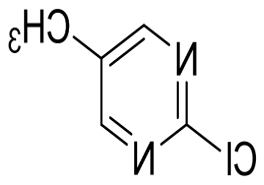Dimethyl disulfide(CAS#624-92-0)
| Risk Codes | R11 – Highly Flammable R20/22 – Harmful by inhalation and if swallowed. R36 – Irritating to the eyes R51/53 – Toxic to aquatic organisms, may cause long-term adverse effects in the aquatic environment. R36/37/38 – Irritating to eyes, respiratory system and skin. R26 – Very Toxic by inhalation R22 – Harmful if swallowed R36/37 – Irritating to eyes and respiratory system. |
| Safety Description | S26 – In case of contact with eyes, rinse immediately with plenty of water and seek medical advice. S61 – Avoid release to the environment. Refer to special instructions / safety data sheets. S45 – In case of accident or if you feel unwell, seek medical advice immediately (show the label whenever possible.) S38 – In case of insufficient ventilation, wear suitable respiratory equipment. S36/37/39 – Wear suitable protective clothing, gloves and eye/face protection. S28A - S16 – Keep away from sources of ignition. S60 – This material and its container must be disposed of as hazardous waste. S57 – Use appropriate container to avoid environmental contamination. S39 – Wear eye / face protection. S29 – Do not empty into drains. |
| UN IDs | UN 2381 3/PG 2 |
| WGK Germany | 2 |
| RTECS | JO1927500 |
| TSCA | Yes |
| HS Code | 29309070 |
| Hazard Class | 3 |
| Packing Group | II |
| Toxicity | LD50 orally in Rabbit: 290 – 500 mg/kg |
Introduction
Dimethyl disulfide (DMDS) is an organic compound with the chemical formula C2H6S2. It is a colorless liquid with a peculiar foul-smelling odor.
DMDS has a variety of uses in industry. First, it is commonly used as a sulfidation catalyst, especially in the petroleum industry to improve the efficiency of refining and other oil processes. Secondly, DMDS is also an important fungicide and insecticide that can be used in agriculture and horticulture, such as protecting crops and flowers from germs and pests. In addition, DMDS is widely used as a reagent in chemical synthesis and organic synthesis reactions.
The main method of preparation of DMDS is through the reaction of carbon disulfide and methylammonium. This process can be carried out at high temperatures, often requiring the use of catalysts to facilitate the reaction.
Regarding safety information, DMDS is a flammable liquid and has a pungent odor. Appropriate protective equipment such as gloves, safety glasses, and protective clothing should be worn during handling and use. At the same time, it should be kept away from fire and heat sources to prevent fire or explosion. For storage and transportation, DMDS should be placed in an airtight container and stored in a cool, dry, well-ventilated place, away from oxidants and ignition sources. In the event of an accidental leak, the necessary removal measures should be taken immediately and proper ventilation should be ensured.








